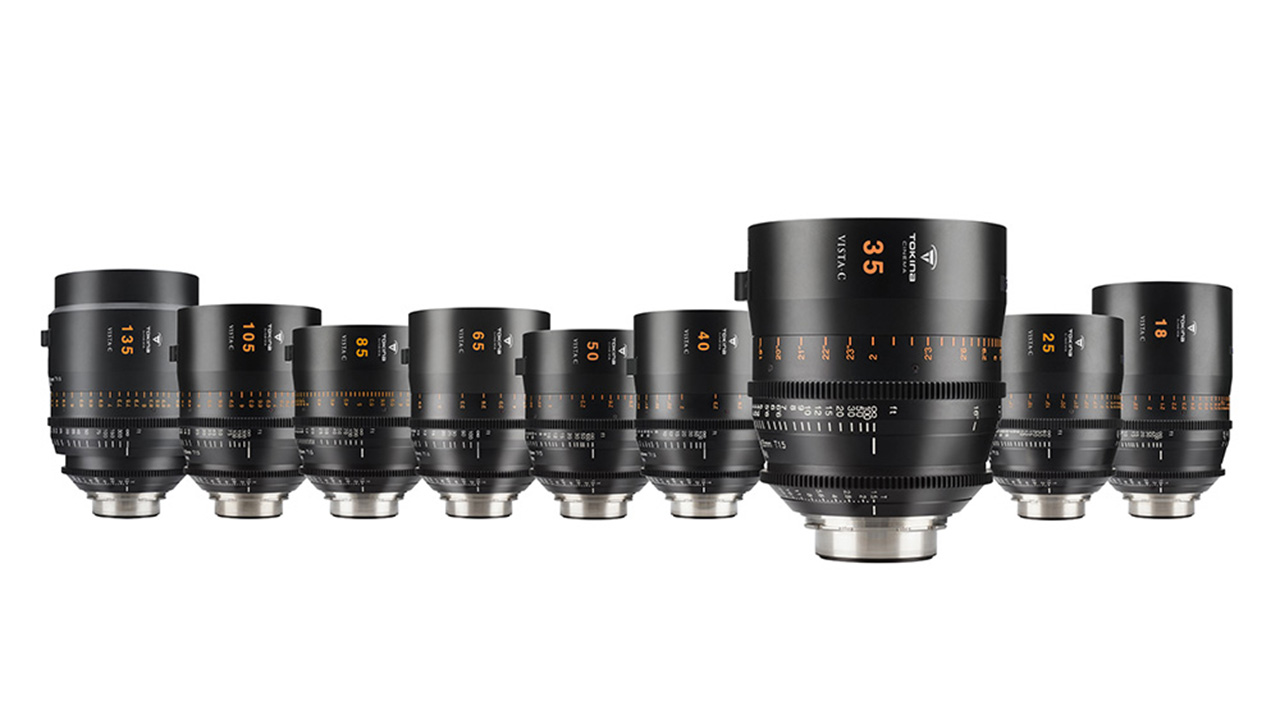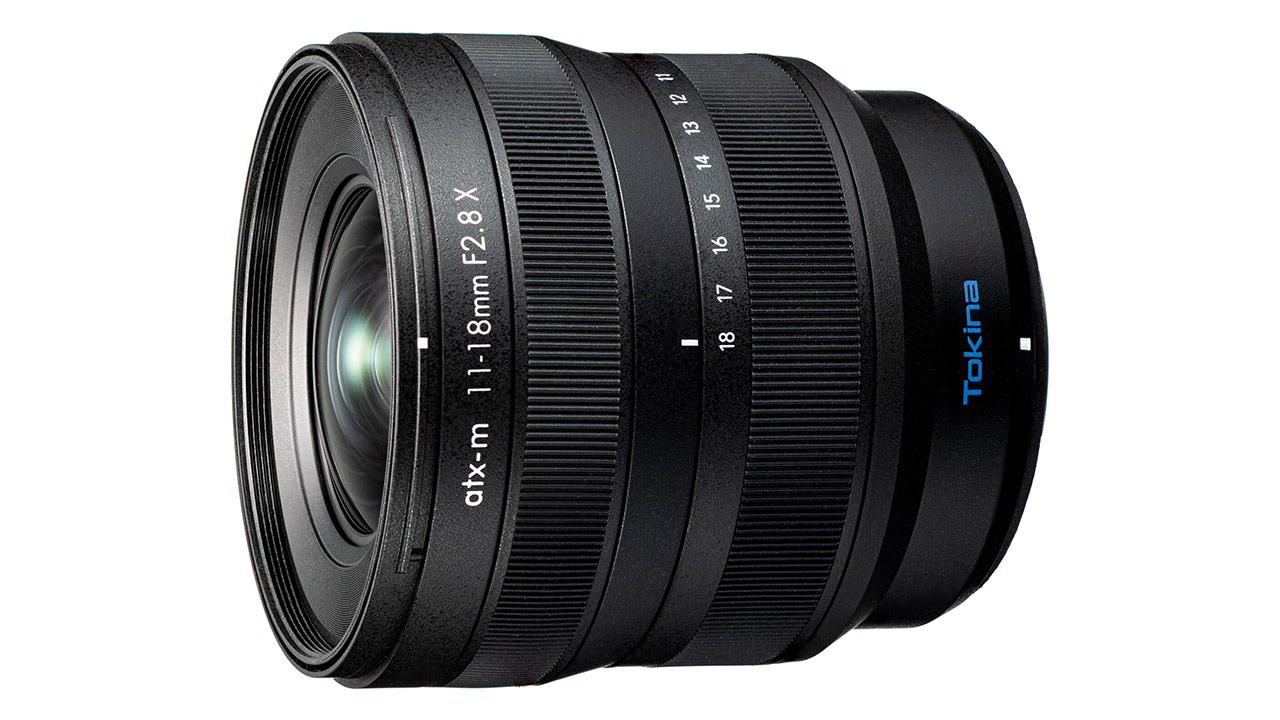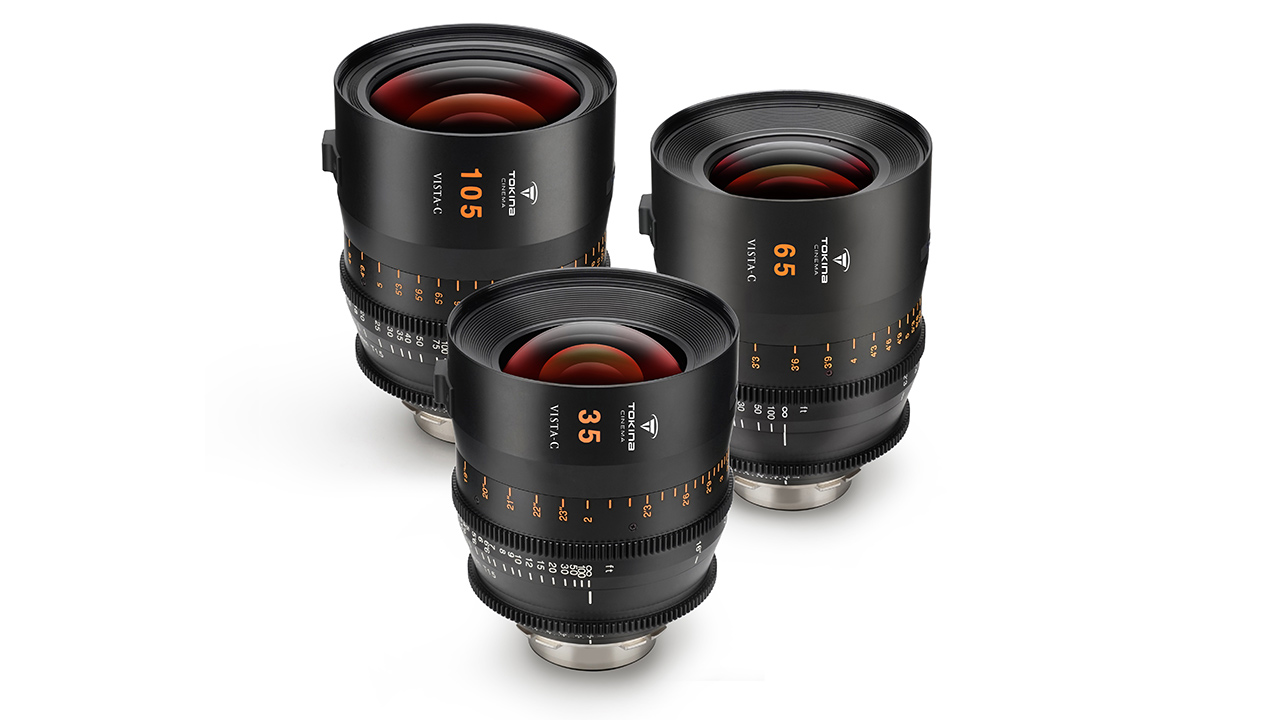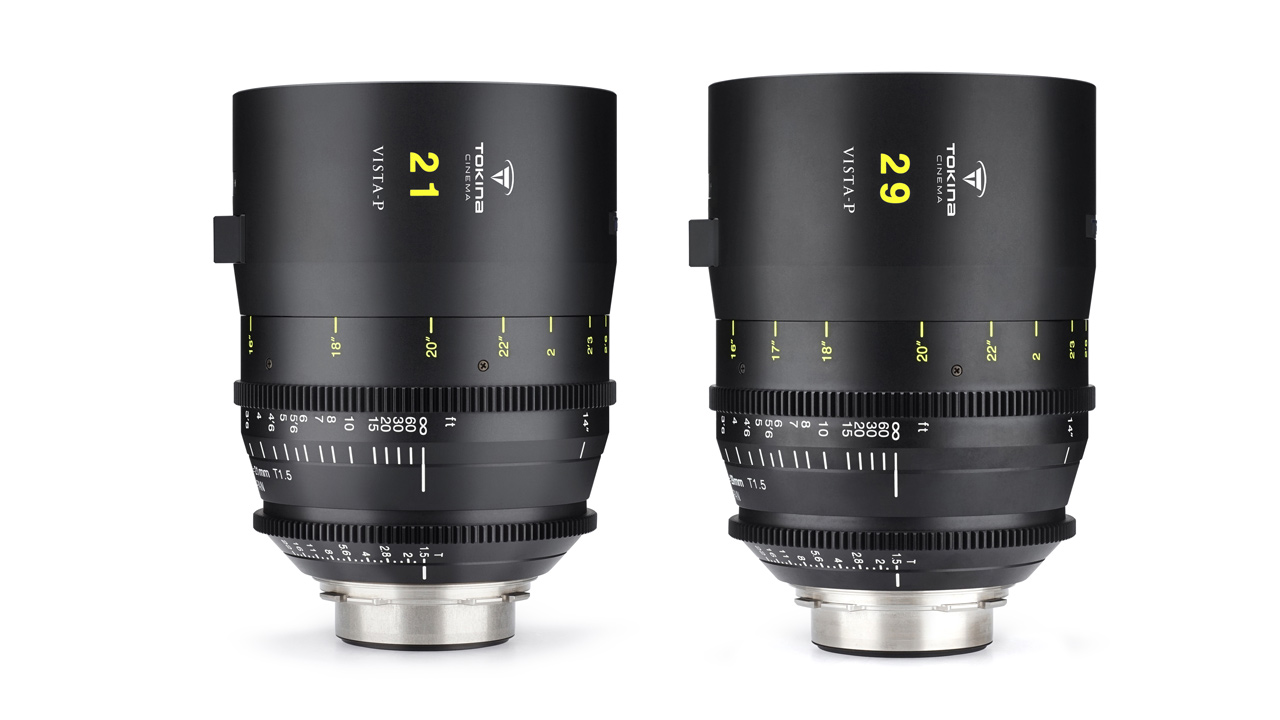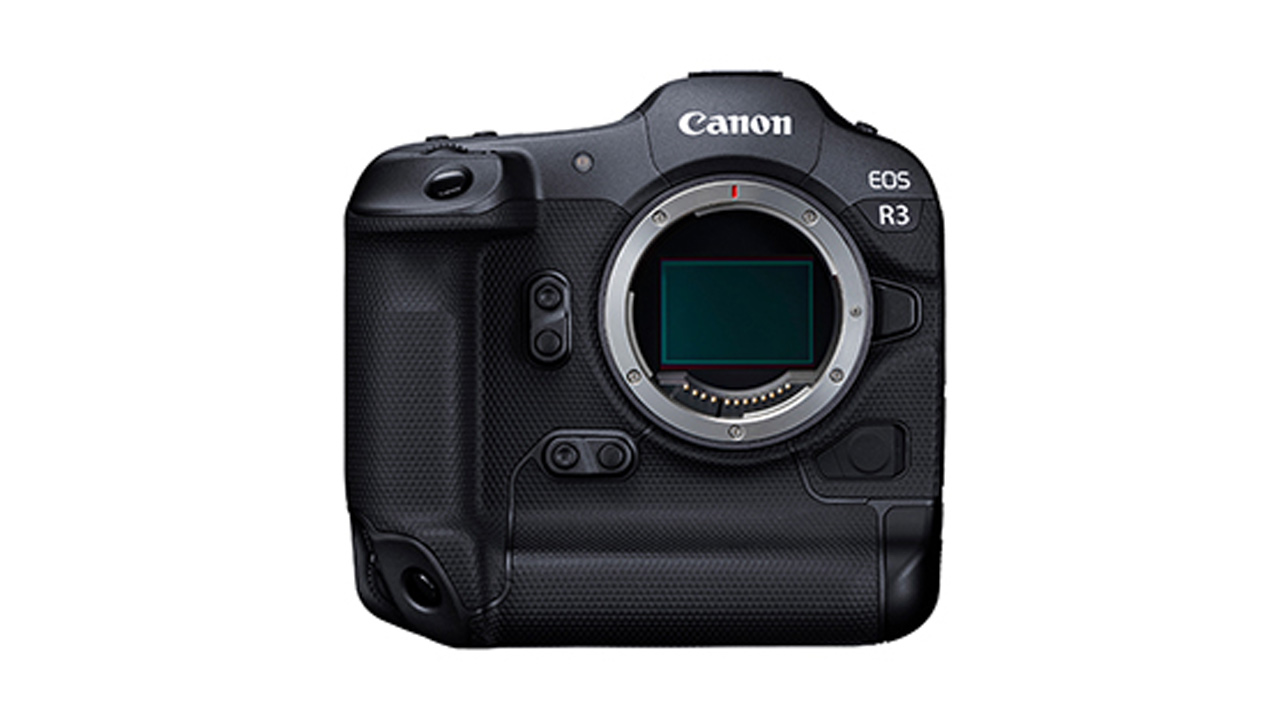Kenko Tokina “atx-m 11-18mm F2.8 E” review. Image quality is on par with a cinema lens

- Introduction
- It’s light and compact, but it features cinema lens-like rendering.
- It features a luxurious exterior and a very easy-to-use zoom ring.
- Extremely straight, distortion-free ultra-wide-angle zoom
- Why APS-C?
- atx-m 11-18mm F2.8 E: 93,280 yen including tax
Introduction
Kenko Tokina has released a wide-angle zoom lens “atx-m 11-18mm F2.8 E” for Sony E mount (APS-C). It is a lens of the company’s atx-m brand, and it is compact and equipped with fast and quiet AF that can be used without problems even in movies.
I own three atx-m series single-focal lenses, and they are sharp and have natural background blur, and I often use them at movie sites. The addition of a wide-angle zoom to the series is extremely welcome.
I would like to report on this lens from the perspective of a filmmaker.
It’s light and compact, but it features cinema lens-like rendering.

Kenko Tokina ate-m 11-18mm F2.8 E Sony E mount (APS-C). It is a large aperture F2.8 through, but a compact ultra-wide-angle zoom of 335gLet’s start with the basic specs. As mentioned above, the focal length is 11-18mm (equivalent to 16.5-27mm), and the aperture is a high-spec lens with a maximum aperture of F2.8 over the entire zoom range.
The aperture is F2.8-F22, and the lens configuration is 13 elements in 11 groups. The shortest shooting distance is 19 cm at the wide end and 30 cm at the tele end, making it a lens that excels at close-up photography. As will be described later, there is almost no distortion even at the wide end, so even when shooting at the shortest distance, the image looks natural. The actual macro magnification is 1:9.92 at the wide end and 1:12.4 at the telephoto end, which is not like a macro lens, but when you get very close to the subject, it has the power of a super wide-angle lens.
The aperture blades are composed of 9 blades and are almost perfectly circular, which is reflected in the bokeh, making it a lens that produces very elegant images. As mentioned above, the reason why I use the atx-m series for filming movies is the beauty of the bokeh and the naturalness of the ball bokeh of the background light source, but this ate-m 11-18mm F2.8 E is also , I think this is a very good lens.

The size is very compact, the total length and width are about 7.4 cm, and the weight is only 335 g, which is super lightweight. In fact, I am very grateful that a bright wide-angle zoom lens has this size and weight. In the case of a full-size lens, the lens tends to weigh close to 1kg, so the APS-C format has an advantage in terms of size.
It features a luxurious exterior and a very easy-to-use zoom ring.
The entire body is made of plastic, but the surface is painted with a very luxurious satin finish. This slightly rough surface is beautiful to look at, and in actual use it is very easy to use as it is non-slippery.

The operation ring is a zoom ring on the camera body side, and a slightly thicker focus ring from there. There is no aperture ring (controlled by the camera). Both of these rings were comfortable to rotate. Of course, it’s not as good as the oily feeling of a manual lens, but the zoom ring in particular is neither too heavy nor too light, and it can be evaluated as a level that can be used for zooming during video.
Extremely straight, distortion-free ultra-wide-angle zoom
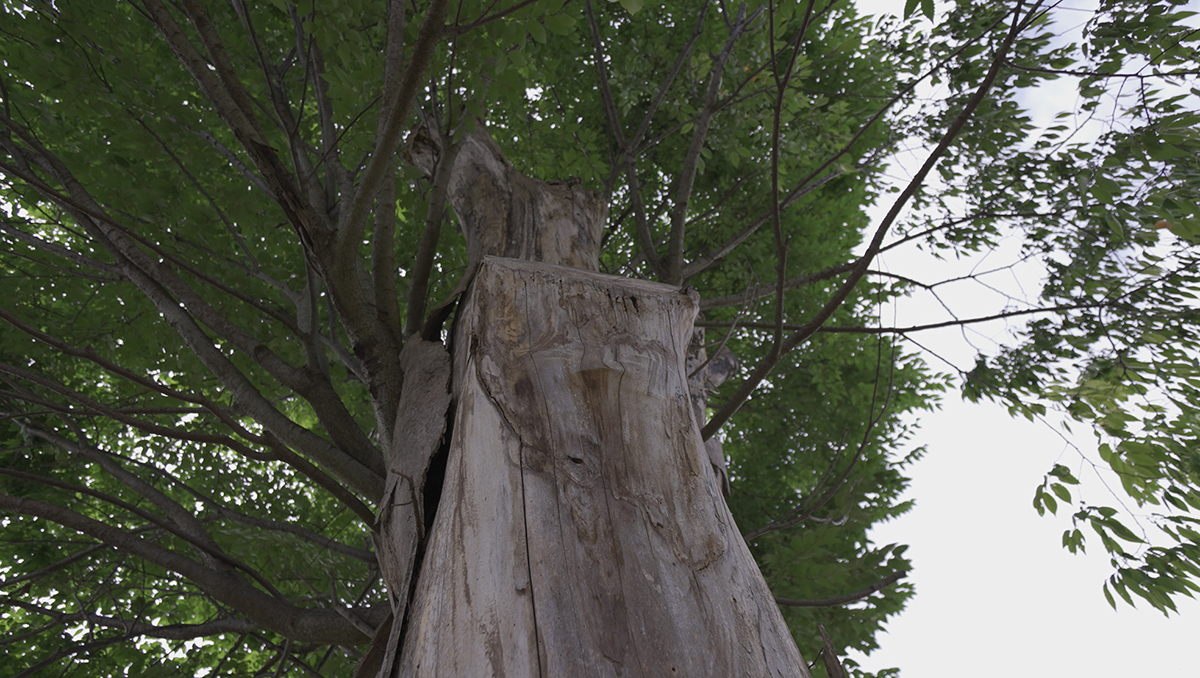
*Click the image to enlarge.
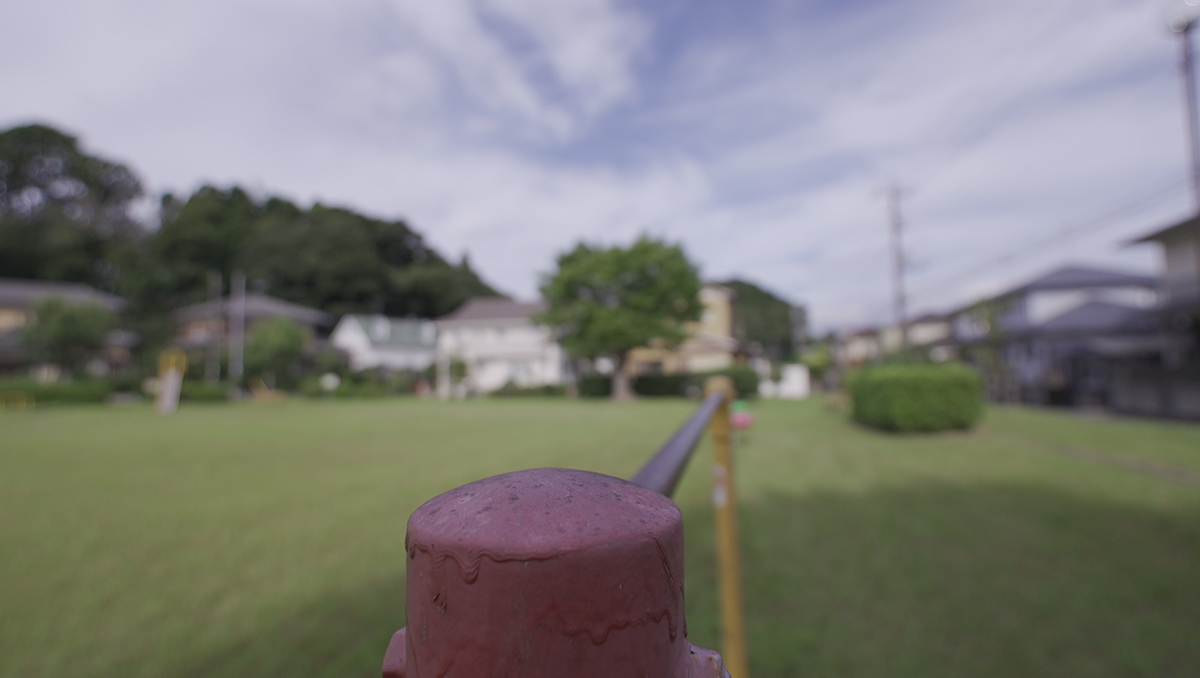
*Click the image to enlarge
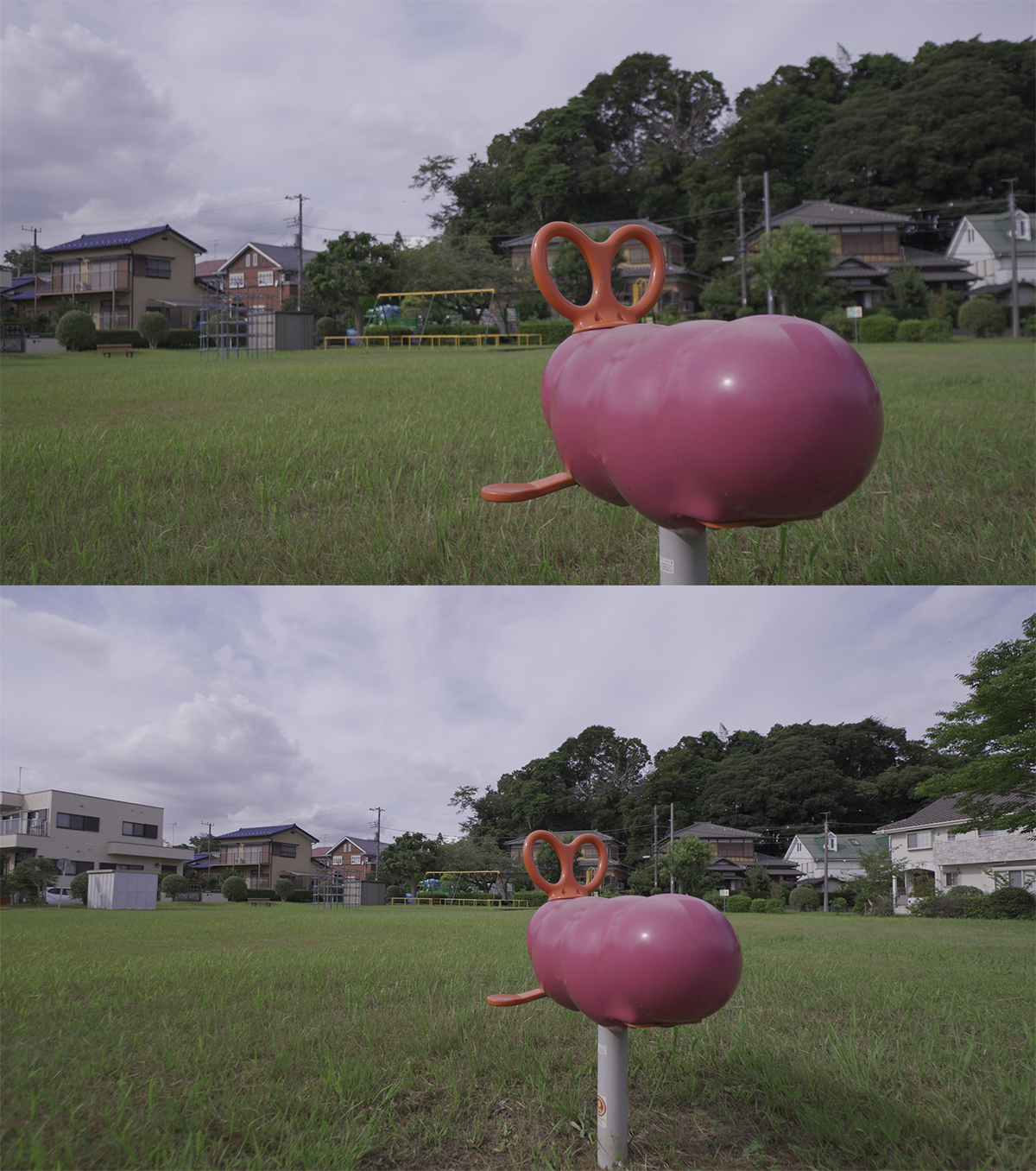
*Click the image to enlarge
Well, the actual image quality is very high, as it is the company’s atx-m brand. Almost no distortion is felt even at the 11mm side. Even if you take a selfie, your face will not be rounded and deformed, so it is also recommended as a Vlog lens.
AF is fast and never gets lost. The sound is almost inaudible, so it can be used as a movie lens. In addition, it is an inner system that does not change the overall length for both focus and zoom. It is also lightweight and can be said to be a lens suitable for use on a gimbal.
In addition, Sony’s direct manual focus (hereinafter: DMF) is supported, and when DMF is set, it is possible to focus with MF by turning the focus ring while pressing the shutter halfway.

*Click the image to enlarge
Why APS-C?
We live in a full-frame format, so why is APS-C (Super 35) still used in professional settings? By the way, at our company, which often produces movies and commercials, APS-C and full frame are about 8: 2, and APS-C is often used.
Well, speaking of the difference between full frame and APS-C, technically there is only a difference in the amount of bokeh equivalent to one stop, but in reality, Super 35 is the mainstream in film movies, and we have more than half a century of know-how. , Super 35 cinema lenses are often very good in terms of actual image quality. A full-frame lens with the same image quality but with a larger amount of bokeh would be about twice the size and weight.
On the other hand, APS-C (Super 35) cinema lenses come in a wide variety of variations and price ranges, and are characterized by a wide range of choices. The atx-m 11-18mm F2.8 E introduced this time is not a manual focus lens, but it can be evaluated as a cinema lens in terms of image quality. Of course, the manufacturer doesn’t say it’s a cinema spec, but I think it’s a lens that can be used with other cinema lenses.
WRITER PROFILE
Recording engineer and technical writer. He used to be a journalist for a weekly magazine, and now he makes a living as a movie recording and MA. He explains filming and recording techniques in an easy-to-understand manner. His recent work is “Recording Handbook” (Genkosha). Her pseudonym is Ryo Sakurakaze.







